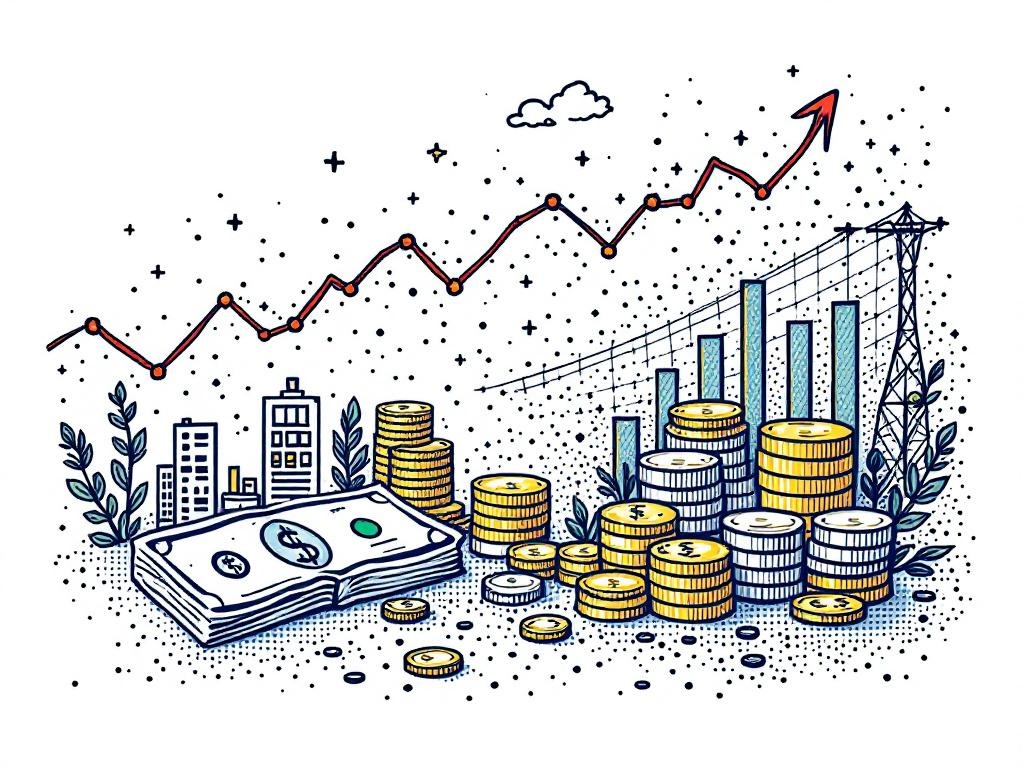June CPI Report to Highlight Inflation Pressures Linked to Tariffs

New York, Monday, 14 July 2025.
Tomorrow’s CPI release will shed light on inflation pressures from tariffs, affecting earnings and potentially impacting market stability as businesses and policymakers brace for economic shifts.
Anticipating the CPI Report
The anticipation surrounding Tuesday’s release of the June Consumer Price Index (CPI) has captured the market’s attention due to its potential to reveal significant inflationary trends. Analysts project a modest increase in the CPI, expecting a year-over-year rise of between 2.5% and 2.6% [1]. This report is critical as it is anticipated to offer insights into how ongoing tariff implementations are influencing the broader economic framework, especially considering the recent tariffs announced by President Trump affecting over 20 countries with rates varying from 20% to 50%, effective August 1, 2025 [2].
Tariff-Induced Inflation Concerns
Tariffs, which have become a central theme in the economic narrative, are now at the forefront as contributors to inflation pressures. These additional costs, initially absorbed by producers and supply chains, are expected to filter down to consumers, affecting consumer prices and corporate earnings alike [3]. The June CPI report will be pivotal in confirming these projections and their subsequent impact on indices like the S&P 500 and Dow Jones, which have shown resilience so far despite the pressures [4].
Corporate Earnings Under Scrutiny
Businesses, particularly those in the consumer goods sector, are bracing for impacts on their profitability as tariffs start to bite into earnings. The CPI data will illuminate how these tariffs are translating into higher input costs and consequently consumer prices, potentially eroding profit margins [5]. This places further scrutiny on corporate earnings reports, which investors will closely watch as indicators of economic health amid fluctuating trade policies [1].
Market Stability and Investor Confidence
While major indices remain buoyant, the undercurrent of tariff-induced inflation presents a threat to market stability and investor confidence. The market’s reaction post-CPI release will be crucial in determining the confidence level of investors and the potential for recalibrations in investment strategies [3]. Policymakers and business leaders must therefore navigate cautiously through these economic shifts, leveraging insights from the CPI to formulate strategies that mitigate potential adverse effects on the economy [4].